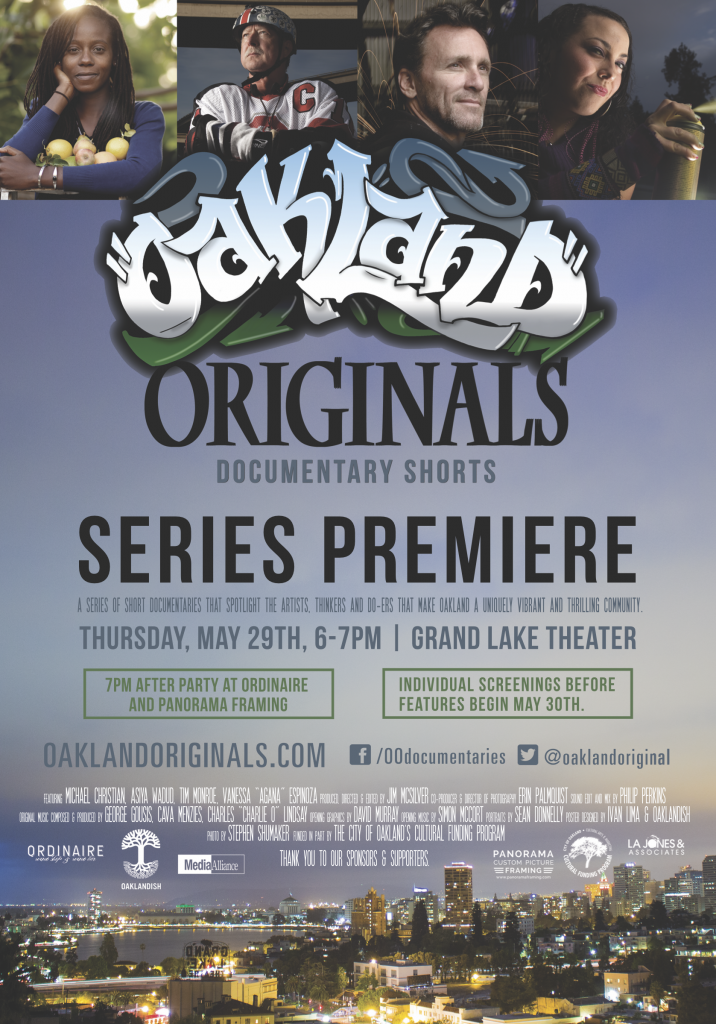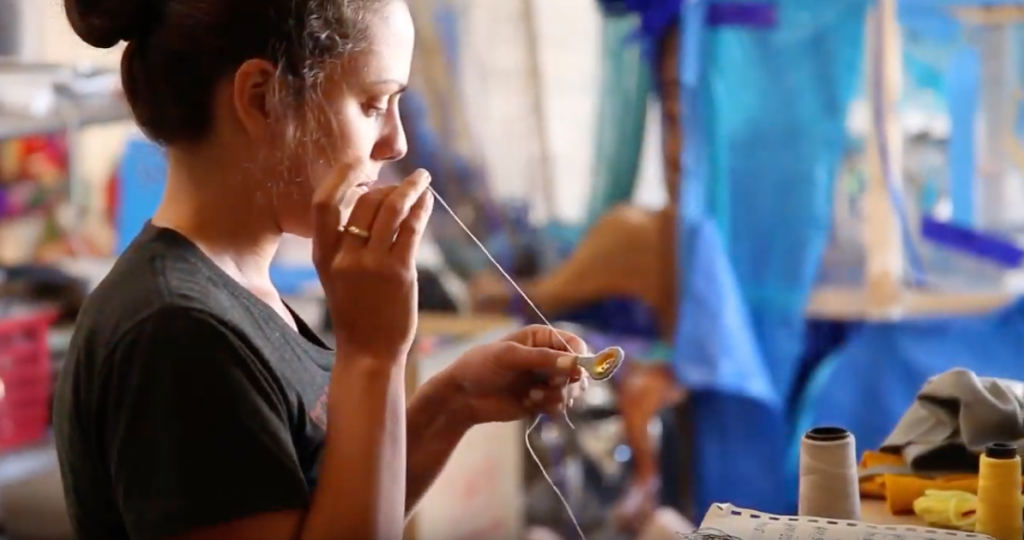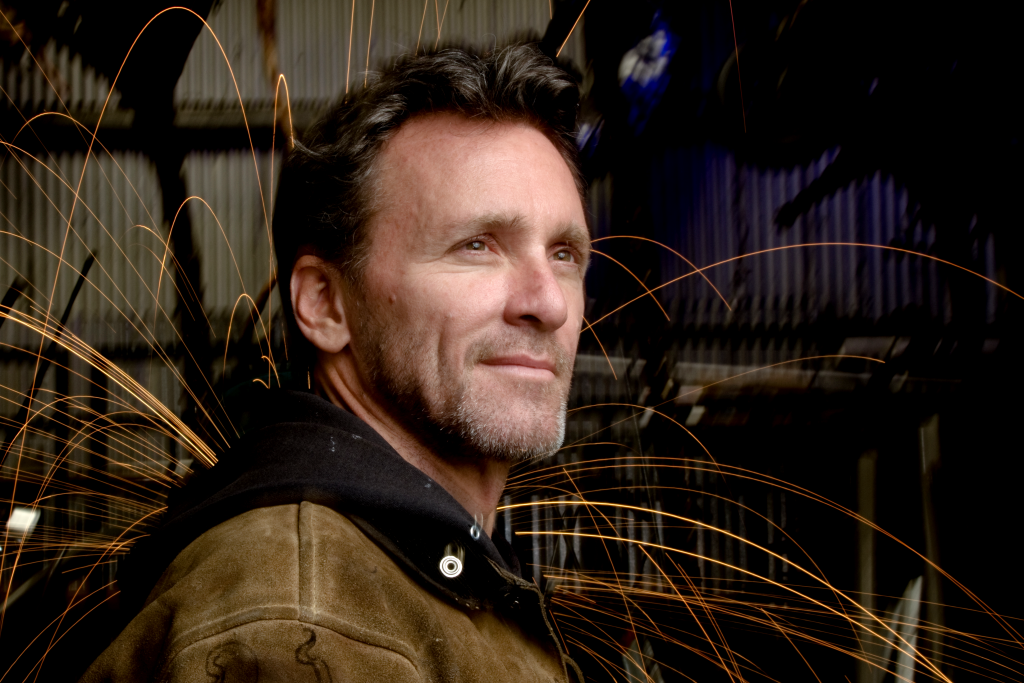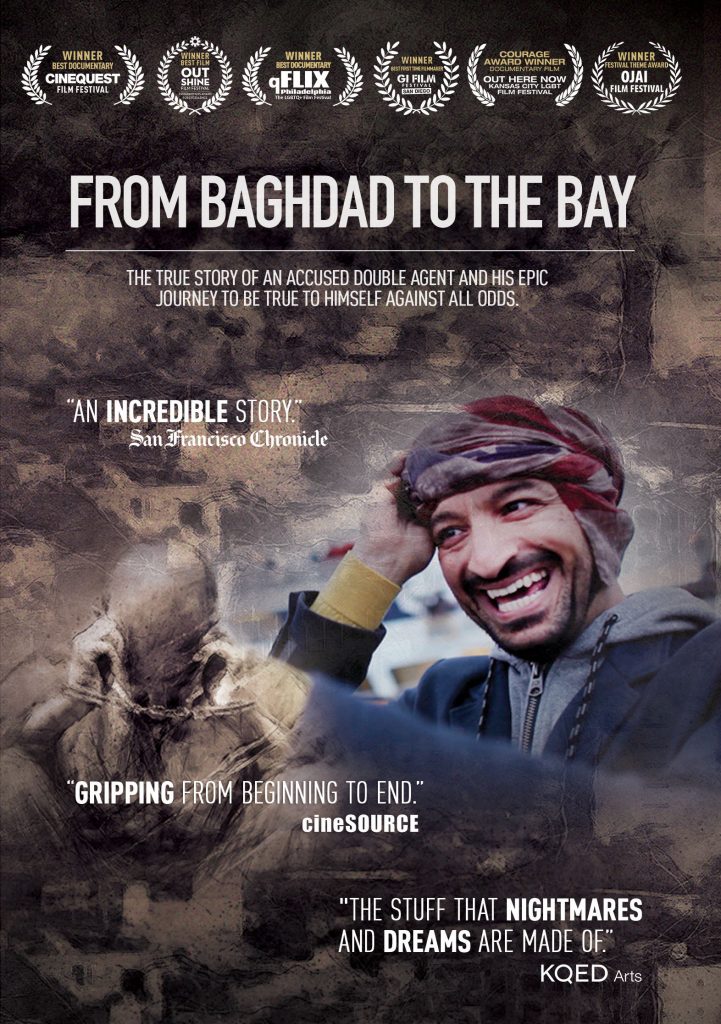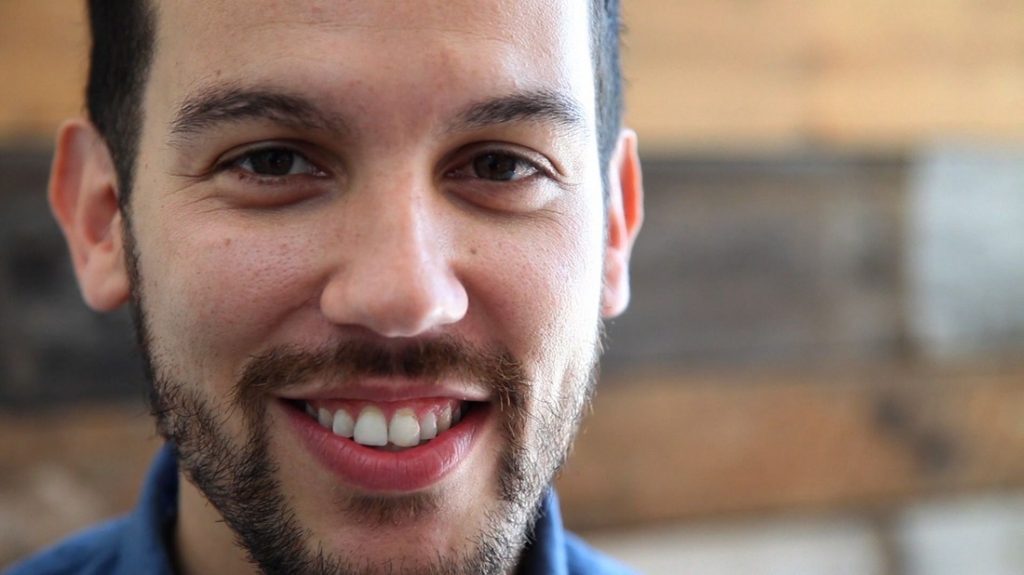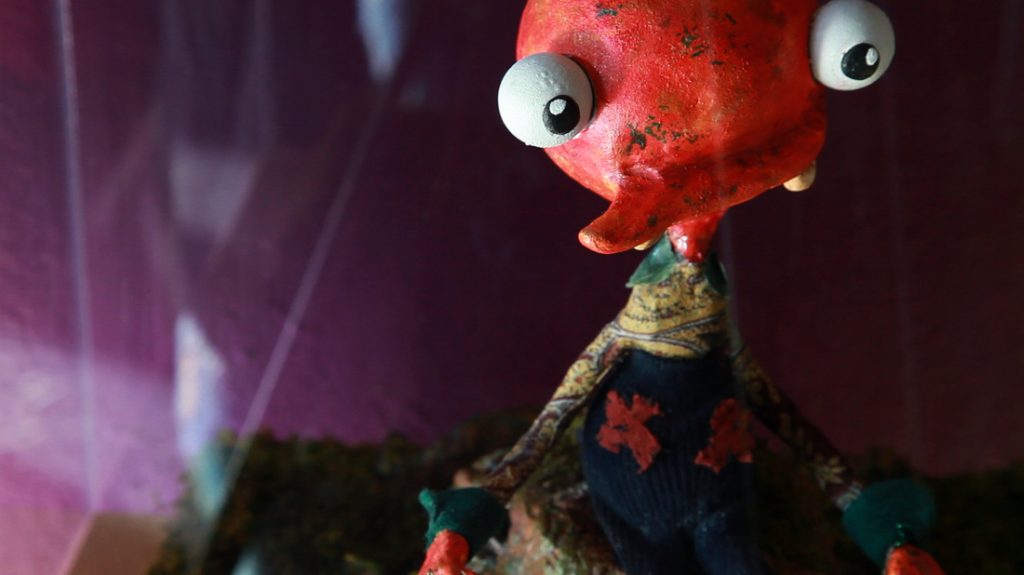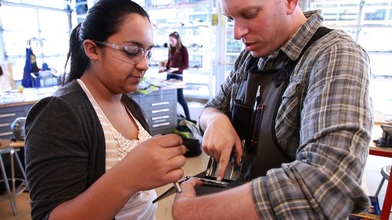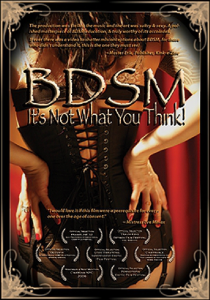
BDSM: It’s Not What You Think! is the first documentary that I made. It was conceived as a student film project for an innovative interdisciplinary course at San Francisco State University (SFSU). Bringing together public health and cinema students, the class was designed to wed the power of digital filmmaking with the cause of social justice. The film premiered at the prestigious Frameline Film Festival in San Francisco and went on to screen in many festivals around the world. It received Honorable Best Mention at New York’s CineKink Film Festival.
SYNOPSIS
BDSM: It’s Not What You Think! confronts stigma and stereotypes surrounding kink and fetish play through leading voices within the BDSM (Bondage/Discipline/Sado-Masochism) community. With intimate interviews and playful vignettes this film targets progressive outsiders and guides them through the minefield of misconceptions and prejudice that kinksters routinely face.
Divided into four chapters, the film begins with a humorous journey through the arcane universe of kink jargon. Playfully demystifying this unique lingo, the film builds a foundation from which the viewer can explore the broader issues related to kink enthusiasts and the SM community. In the following three chapters the film addresses common misconceptions; offers viewers intimate and personal perspectives from community members on what draws them to the world of BDSM; and tackles the inevitable dangers that many practitioners are faced with and the numerous community-based resources for addressing them.
The film is available for home and educational purchase. More details about the film and it’s participants can be found at www.BDSMdocumentary.com
ABOUT THE COURSE & THE MAKING OF THE FILM
The semester prior to the inception of the course, students from the Masters in Public Health (MPH) program submitted proposals for film projects related to public health and social justice. The proposals reflected extensive research on progressive social issues, with significant health implications. Five of the proposals were selected and served as the core for the inception of SFSU’s “Documentary Filmmaking for Social Justice” course. When the first class convened, the public health students pitched their film topics to a pool of upper division film students. Brad Vanderbilt, a second year MPH student at SFSU, had been reviewing academic literature addressing the impact of shame, stigma and oppression on individual and community health. His research explored Western culture’s long history of pathologizing alternative sexuality from feminism and gay liberation to Sado-Masochism. Myself and two other filmmakers Wade Keye and R. Trent Walton were inspired by Vanderbilt’s pitch and the “kinksters confronting stigma” group, a.k.a, the “K-Team,” was born.
The class emphasized that clearly defining a target audience in the pre-production phase was crucial to the effectiveness of any socially responsible film. With the aim of breaking down common misconceptions about BDSM (Bondage, Discipline, and Sado-masochism) in mind, we chose to focus on a target audience of “progressive outsiders” to the BDSM community. Included within this target demographic were a range of people, from those with a casual awareness of leather/fetish sexuality to people who had never been exposed to BDSM but were open to learning about it.
An extensive effort at community consultation and audience research helped us establish the foundation for their film. We conducted surveys with members of the target audience to determine common misconceptions and to address their comfort level regarding the general subject of BDSM and the viewing of certain elements in BDSM practice. We also continued to listen carefully to voices from the BDSM community. An important aspect of the filmmaking process was a deep commitment that the film accurately reflect the concerns, challenges and strengths voiced by the community that we were seeking to represent. We hoped that in taking part in the film project, participants would experience enhanced social support networks and would feel the project provided an effective vehicle for their continued activism around BDSM issues. Once complete, the film was warmly received within the BDSM community as a welcome change from the exploitive and sensationalized representations frequently seen in mainstream media.


